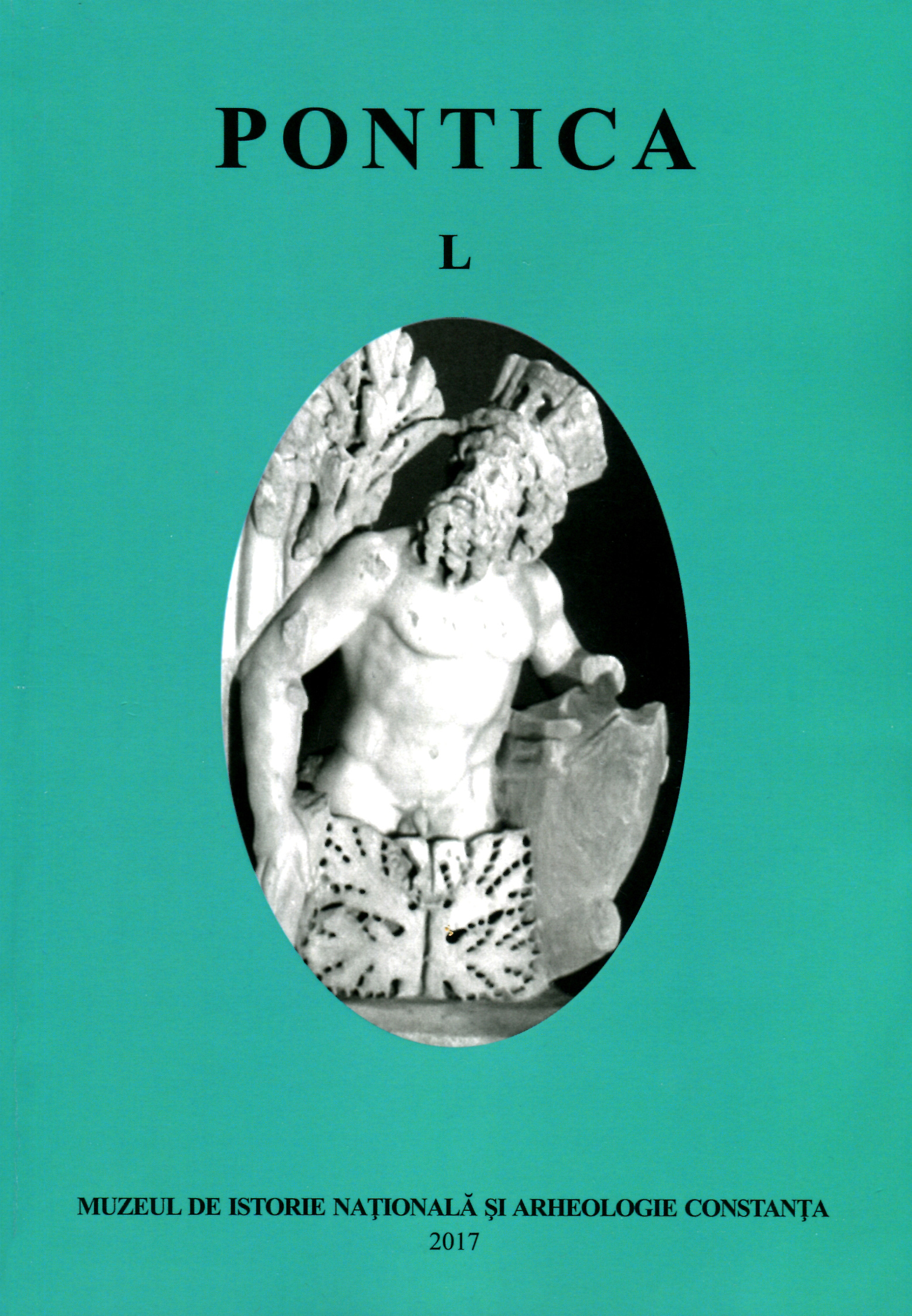Câteva considerații privind ordinea semnăturilor episcopilor din Moesia Secunda în Encyclia (457/8 p.Chr.)
Some considerations regarding the order of signatures of the bishops of Moesia Secunda in the Encyclia (457/8 AD)
Author(s): Ionuţ HolubeanuSubject(s): History, Anthropology, Social Sciences, Archaeology, Cultural history, Local History / Microhistory, Ancient World, Theology and Religion, History of Religion
Published by: Muzeul de Istorie Națională și Arheologie Constanța
Keywords: ecclesiastical organization; Moesia Secunda; Abritus; Durostorum; Novae;
Summary/Abstract: The subject of this paper is an investigation on the sequence of signatures at the end of the letter dispatched by the bishops of Moesia Secunda to Emperor Leo I (457-474) in AD 457/8 (Encyclia). There are six signatures in this letter, namely Marcianus of Abritus᾽, Martialis ofAppiaria᾽s, Minofilus of Durostorum᾽s, Marcellus of Nicopolis ad Istrum᾽s, Petrus of Novae᾽s and Dizza of Odessos᾽. The first five were suffragan bishops of the metropolitan of Marcianopolis in the ecclesiastical province of Moesia Secunda. The sixth was a suffragan of the metropolitan of Tomis, in the ecclesiastical province of Scythia (see HOLUBEANU2015-2016, p. 37-41). The author mainly confirmed T. Schnitzler᾽s thesis (SCHNITZLER 1938, p. 39, cun. 29) that the bishops of Moesia Secunda signed the letter according to seniority. Actually, Marcianus of Abritus attended the Council of Ephesus (431) (see ACO I.1.5,124.1; ACO I.4, p. 38, n. 38; ACO I.4, 46, n. 39; ACO I.4, 67.18), being a bishop for at least twenty eight years in 457/8, while Petrus of Novae for at most nine years, having been preceded by Secundinus (-448-449-) (see ACO II.1.1, 149.4, 150.23; ACO II.2.1,20.13; ACO II.3.1, 133.1, 134.17). Also, during the Council of Ephesus (431), Iacobus, not Minophilus, was bishop of Durostorum (ACO I.1.5, 123.38; ACO I.4., p. 38, n. 37; p .45, n. 31; 67.26; 28.35). As far as Martialis of Appiaria and Marcellus of Nicopolis are concerned, it is unlikely that they were bishops in 431.In the second part of the study, examining the lists of signatures from Ephesus (431)and the data in Notitiae episcopatuum Constantinopolitanae, the author tried to detect any evidence concerning a possible hierarchy of the sees within Moesia Secunda in the second part of the 5th and the first half of the 6th centuries. It seems that none of the sees had any precedence among the others at the middle of the 5th century. Actually, as it is apparent in the letter of Moesian bishops in Encyclia, when the metropolitan bishop of Marcianopolis was not able to perform his duties then the senior bishop of the province took them over. However, there is a possibility that at the beginning of the 6th century Durostorum became the protothronos in Moesia Secunda (see DARROUZÈS 1981, 1, 32,444-449, p. 213), while in 536 the see of Novae was raised to this rank (see DARROUZÈS1981, 3, 36, 603-610, p. 241).
Journal: Pontica
- Issue Year: 2017
- Issue No: 50
- Page Range: 127-135
- Page Count: 9
- Language: Romanian

